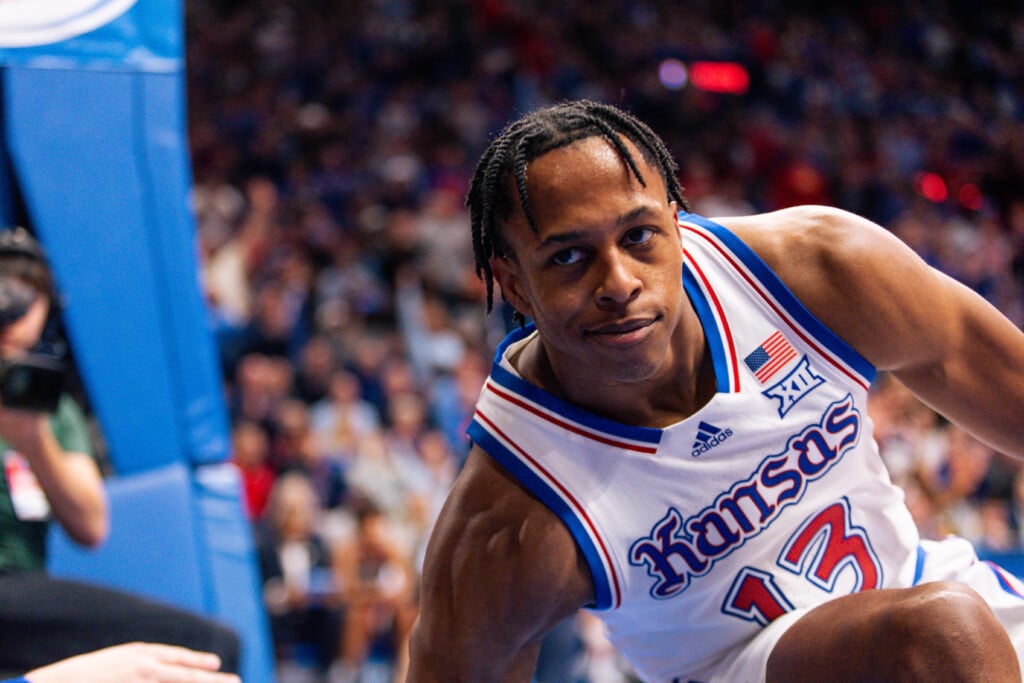WALL-E

Many will attempt to describe WALL-E with a one-liner. It’s R2-D2 in love, 2001: A Space Odyssey starring the Little Tramp, An Inconvenient Truth meets Idiocracy on its way to Toy Story. But none of these do justice to a film that’s both breathtakingly majestic and heartbreakingly intimate. For a good long while, it’s also bereft of dialogue save the squeals, beeps and chirps of a sweet, lonely robot who, aside from his cockroach pet, is the closest thing to the last living being on Earth.
Cobbled from familiar spare parts, from Star Wars to Buster Keaton to Tron to the Marx Brothers, WALL-E feels somewhat formulaic: Lonely boy and sexy girl meet cute, fall in love, save the planet. Writer-director Andrew Stanton, among the founders of the Pixar empire, admits as much. In the press materials, he name-checks all of the above, plus Alien and Blade Runner and Close Encounters of the Third Kind.
Such reverence is vital to the story because it’s what ultimately gives WALL-E its wow factor and its weight. The foundation allows Stanton to turn an almost stale story into something approaching the abstract — indeed, the film insists that you do as much work as it does. It demands that the audience connect the dots, if only to see the smile of a lipless robot. Kids, of course, will be tickled by this silly robot, but they may also be confounded and even a little bored at times.
Stanton, pinning his hopes on a nearly mute trashcan, needs the audience to buy in early. Wisely, he opens with a warm touch: “Put on Your Sunday Clothes” from the Hello, Dolly! soundtrack — Out there/There’s a world outside of Yonkers/Way out there/Beyond this hick town — plays as the virtual camera (piloted by Coen brothers collaborator Roger Deakins) rockets the audience toward a Planet Earth that’s a smoky shade of decay, its cities a wonderland of trash and rubble. There are skyscrapers of scrap as high as the high-rises abandoned by humans in the 22nd century, when the morons in charge of the planet killed it and then ditched it rather than clean it up.
WALL-E (a Waste Allocation Load Lifter Earth-class) is the sad creature charged with piling up all the detritus. Carcasses of his robotic siblings litter the streets of the former megalopolis in which WALL-E roams solo. After work, WALL-E retires to his bachelor hovel, his only companions rescued trash (a Rubik’s Cube, lawn gnomes, rubber ducks), a videotape of Hello, Dolly! and a roach that lives off Twinkies. All WALL-E wants is someone to hold hands with, as they did in 1960s musicals.
The sadness is palpable; your heart breaks for the heartless. WALL-E speaks through Ben Burtt — the same man who, 31 years ago, turned a garbage can into a teddy bear when he designed the “voice” of R2-D2. (Burtt is among just seven voice credits in a film that has substantial dialogue sequences only in its final half hour.)
WALL-E eventually meets EVE (an Extraterrestrial Vegetation Evaluator, voiced by Elissa Knight), who arrives in what looks like Boba Fett’s ship to scour the Earth per her “directive” and who ultimately, accidentally, provides the little dude with some company — but not before a courtship period that involves his almost being incinerated a few times.So evocative and effective are the early sequences involving the two — especially the first time he brings her back to his pad, their only exchange of words thus far a stuttered recitation of acronyms — that by the time the pair wind up in space, where the humans have taken refuge, it almost feels like a letdown. Because then you’re transported back to Pixarland, where instead of blessed silence interrupted by the occasional coo, it’s Sigourney Weaver and Jeff Garlin and John Ratzenberger chattering and barking away.
Stanton, having run out of road with the romance on Earth, moves heavenward, and for the first time his film feels earthbound. After 700 years confined in the hermetically sealed space-cruiser Utopia, living off advertisements and milkshakes, humanity has turned globular to the point of immobility. But the parody’s too easy; besides, Woody Allen and Mike Judge got there first.
But WALL-E will not be remembered by children — or the adults for whom WALL-E is really intended — for its environmental warnings or its Naomi Klein polemics. Rather, you’ll adore it because of a cuddly, lonesome little robot who breaks your beeping heart.




